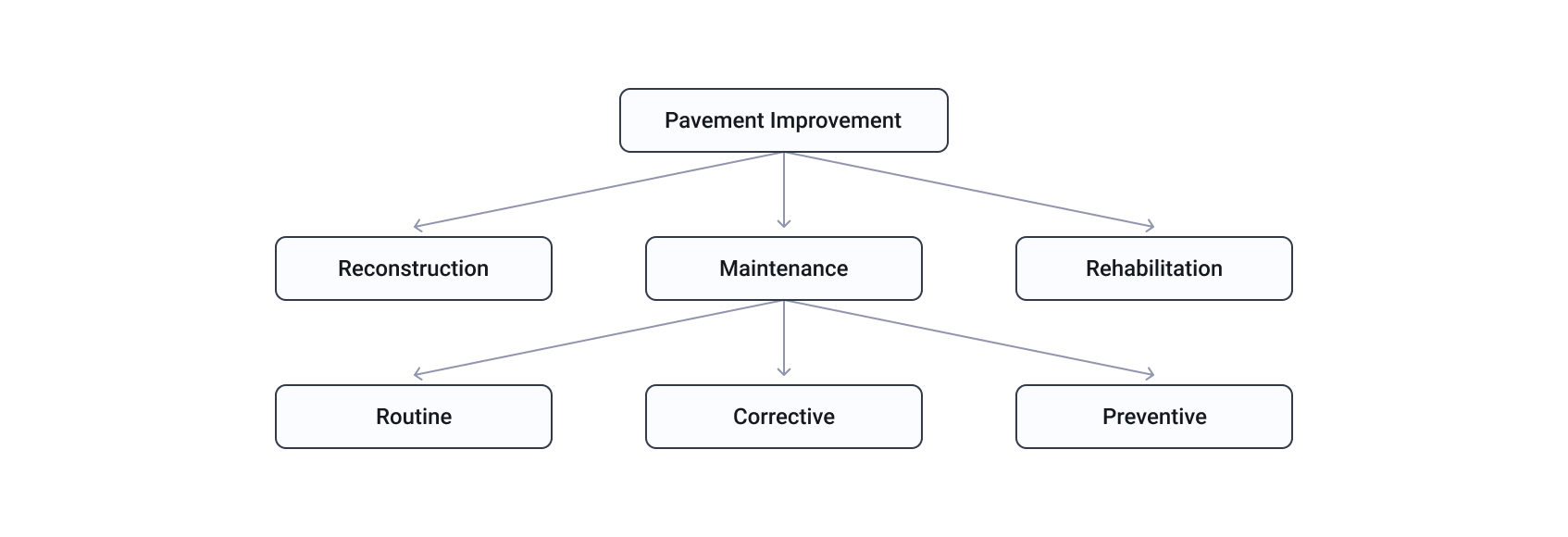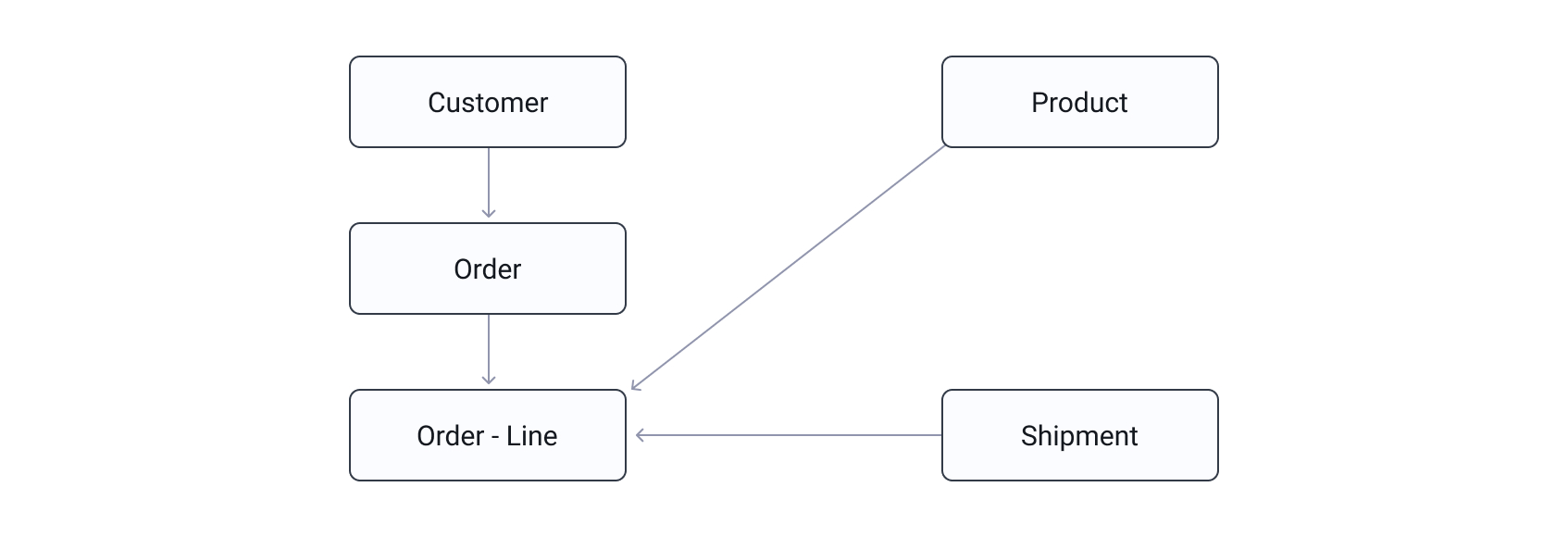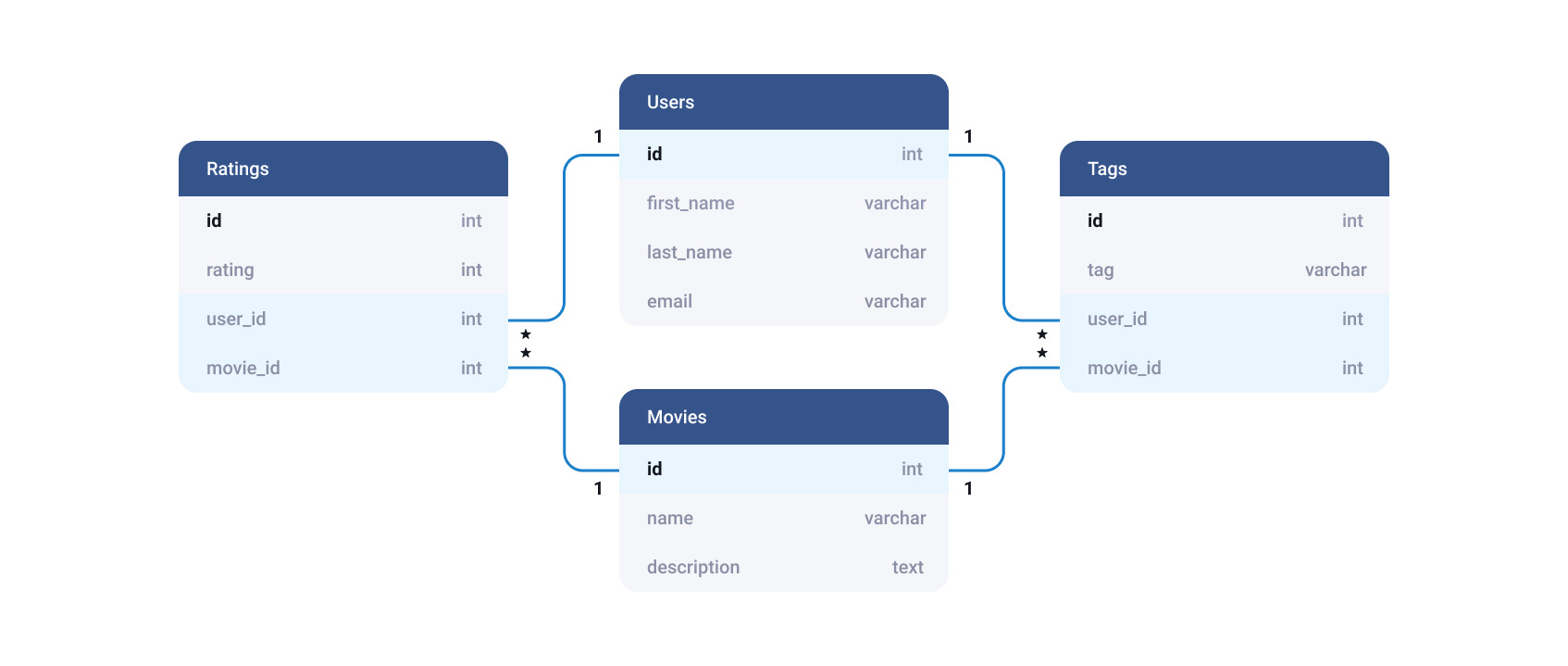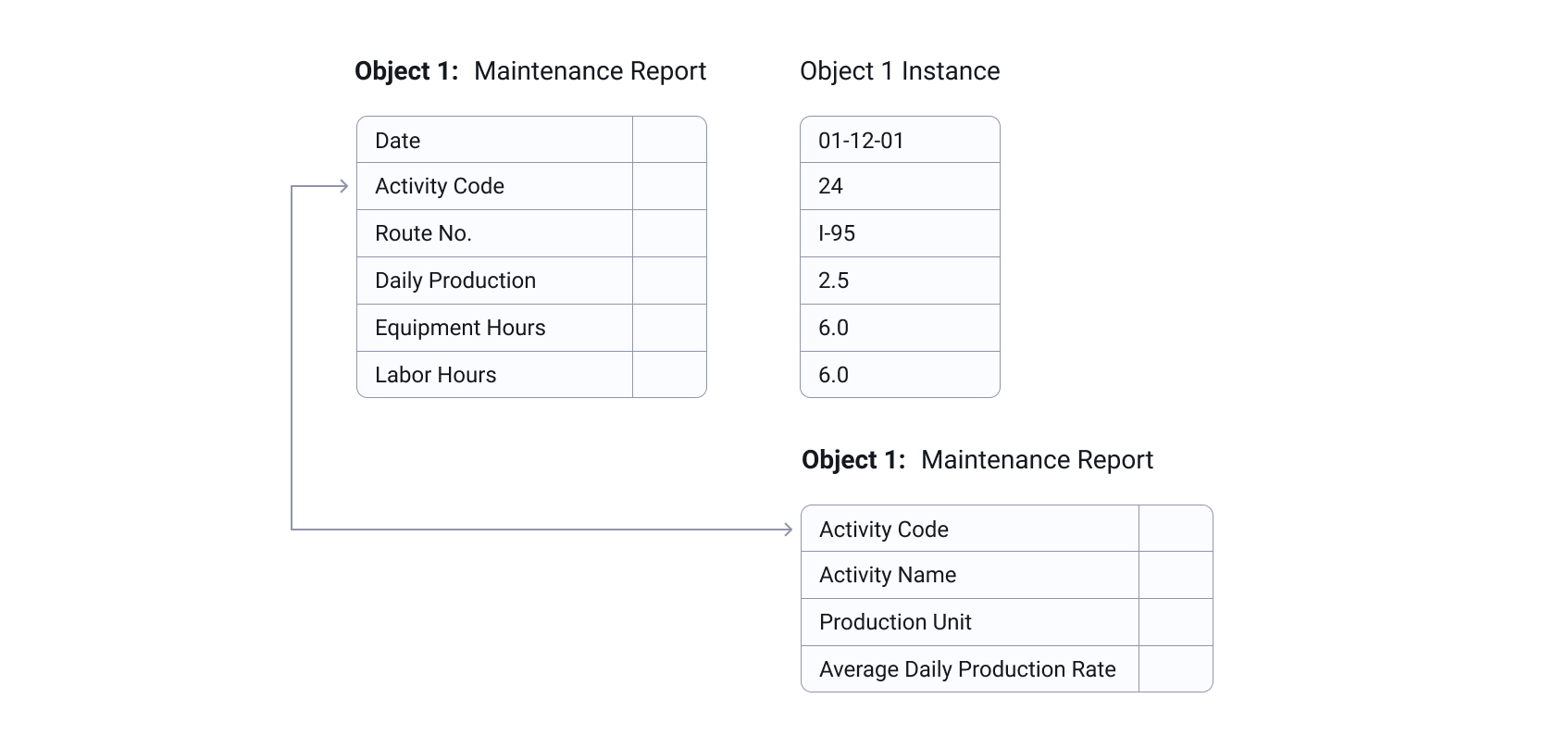When we read about the successful launch of a new app or the latest updates of familiar ones, the info that we usually receive is limited to the functionality description, along with some screenshots demonstrating an eye-catching user interface. From the end-user perspective, such a state of affairs usually doesn’t cause any complaints. After all, all we have to know is how well the app will solve our day-by-day problems and if the user experience won’t be too disappointing. However, from the business standpoint, things that are usually hidden from the user’s eyes are often just as crucial as recognizable design. In many cases, what’s under the hood is more important than the attractive appearance.
Most apps will turn into a soulless shell with zero valuable features without a proper database management system. The ability to store organized information efficiently and provide users with access to it promptly is one of the critical ingredients of a successful software system. But the thing is that there are too many criteria by which we classify this or that database management system to a specific type. Besides, there’s an abundance of such systems available in the market, which may cause some confusion. This article will try to fix it and learn some basics about database management systems and their main types.
It’s Not the Data. It’s How You Store It
First of all, it’s essential to discuss a misconception that sometimes appears when talking about the world of information from the perspective of digital technologies. A database is a collection of records that have something in common and describe real-world concepts. In its turn, a database management system or DBMS is a software solution that provides functions for storing and sorting this info and enables end-users to access it in an easy-to-understand way.
Database management systems can be described as a bridge between the app and data warehouse holding an uncountable number of records. Such systems receive requests for specific information from the application and instruct the operating system to select the bits of information the user needs.
Read Also Data Warehouse vs Data Lake
You may find some familiar names in the list of most popular database management systems: MySQL, PostgreSQL, Oracle, MariaDB, SQLite, Microsoft SQL Server, and others. However, choosing the right database management system is a task that requires solid experience since developers have to consider dozens of aspects, such as the purpose of the data, for example.
Making a wrong decision may cause irreversible consequences, especially if we talk about the software systems that must process a large amount of information in real-time. For example, while designing a financial app that sorts and provides real-time information about stocks, the development team must make special considerations to ensure the efficiency and fault tolerance of the databases.
Types of Database Management Systems
There are dozens of characteristics that databases may have according to the purpose of data it stores and the application’s features. For example, centralized databases are located and maintained in a single location. In contrast, distributed ones can be described as a set of databases located in different places and connected via the computer network.
Suppose you decide to cooperate with a company that provides customized software development services. In that case, you will be exposed to the intricacies and peculiarities of each approach, as well as their strengths and weaknesses. Therefore, instead of trying to describe all possible variations of database types you may or may not need in your projects, we’ll focus on something more fundamental: database management systems classification based on the data model.
Hierarchical Databases
The hierarchical database model implies that all the records are organized as a set of nodes with parent-child relationships between them. In addition to some helpful info, each record also describes its relationships (parent or child) with other records. According to this approach to database management, all the information is organized in the form of a tree, where each child record can have only one parent, and each parent node can have multiple child records. To get the content that a specific record contains, the system must “travel” through all the tree nodes to find the needed info.
 This database management model is relatively simple to implement, but unfortunately, the flexibility of such an approach leaves much to be desired. Primarily, such a model is used in software solutions created for Banking and Telecommunication companies. One of the strong sides of the hierarchical database model is accessing and changing records rapidly.
This database management model is relatively simple to implement, but unfortunately, the flexibility of such an approach leaves much to be desired. Primarily, such a model is used in software solutions created for Banking and Telecommunication companies. One of the strong sides of the hierarchical database model is accessing and changing records rapidly.
The main disadvantage is caused by the limitation we’ve mentioned earlier. Since each node in such a tree can have only one parent, and child nodes can’t have any relationships, it’s hard to build databases with a complex structure. Also, to add a new record, the database management system will have to re-define the whole tree of records.
Network Databases
Database management systems based on the network database model rely on network structure describing the connections between the entities. It’s similar to the hierarchical database model described earlier, but in this case, each node can have multiple connections. As a result, a visual representation of such a database may look like a spider’s web.
 To describe the relationship between the records in such databases, we usually use the terms “members” and “occupies” instead of “children” and “parents. This database management system model is traditionally used on an extensive network of computers.
To describe the relationship between the records in such databases, we usually use the terms “members” and “occupies” instead of “children” and “parents. This database management system model is traditionally used on an extensive network of computers.
Relational Databases
The relational database model can be considered the king of the hill since it maintains an advantage over all other models in terms of prevalence. According to this model, the data is stored as a set of tables, each containing rows and columns that represent records and attributes accordingly. Each field in such a table represents a data value.
 The Structured Query Language, also known as SQL, is used to insert, delete, search, and manipulate records. If you research the most popular data management systems on the market, you’ll find out that it’s mentioned in such names as MySQL and PostgreSQL, for example. Each row has a unique key field allowing you to describe relationships between a given table with one or multiple other tables. One of the main features that distinguishes the relational database model from the ones we’ve described earlier is that you can easily modify the database elements without re-defining all the entities it consists of.
The Structured Query Language, also known as SQL, is used to insert, delete, search, and manipulate records. If you research the most popular data management systems on the market, you’ll find out that it’s mentioned in such names as MySQL and PostgreSQL, for example. Each row has a unique key field allowing you to describe relationships between a given table with one or multiple other tables. One of the main features that distinguishes the relational database model from the ones we’ve described earlier is that you can easily modify the database elements without re-defining all the entities it consists of.
Object-Oriented Databases
In database management systems that use this approach, the databases are created with the help of object-oriented programming languages such as C++, Java, or Python, for example. One of the most significant disadvantages of this model is that database development is more expensive compared to other options.
 NoSQL Databases
NoSQL Databases
Our story will be incomplete without mentioning the NoSQL databases that appeared less than 20 years ago and have become pretty popular since then. In such a case, database management systems work with data in a way that differs from how things are done in relational databases. Document databases are examples of NoSQL databases that allow storing data in documents containing pairs of fields and values. There are many types that a value can correspond to, such as string or number, for example. Thanks to such freedom of application and the use of powerful full-featured query languages, document databases can be used in a wide variety of projects and be an excellent example of a general-purpose database. Another example is a Graph database that stores data in nodes (real-world objects) and edges (relationships between them). This type of database can be a decent choice if you need to explore relationships between objects to find unobvious patterns.
Conclusions
In most cases, the purpose of modern software solutions is to provide users with access to data flow and enable its straightforward interpretation. Attractive user interfaces and smooth animations will turn into nothing if the application takes too long to load data from the server or cannot display real-time data requiring a quick response from the user. Thus, choosing the right database management system may be as crucial as choosing from the list of your brightest ideas one killer feature that will conquer the market.
If you want to ensure efficient and reliable work of your application’s databases but don’t know where to start, feel free to contact us.